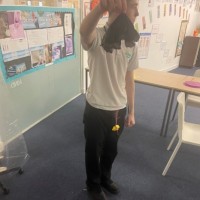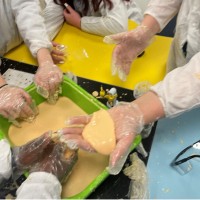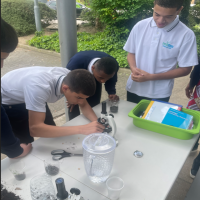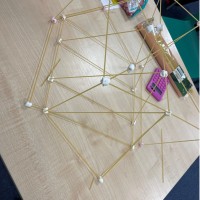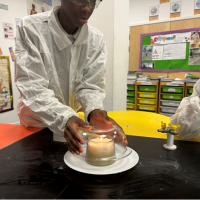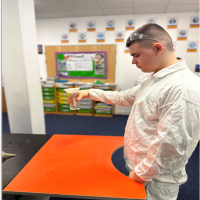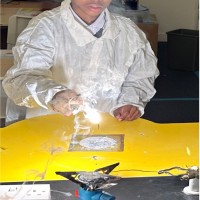Science
Science Overview
At FreshSteps, we strive to inspire our pupils and broaden their understanding of science. Whether or not students pursue a scientific career, understanding science and its significant impact on daily life is crucial for their future. We emphasize the application of scientific concepts and their influence on society, the environment, and global markets.
Our goal is to foster independent learning and readiness for future challenges. Our lessons incorporate both theoretical and practical work, enabling pupils to deepen their knowledge and apply their ideas, which enhances their critical thinking and problem-solving skills.
To support this learning, we provide opportunities for students to experience science beyond the classroom. Past activities have included trips to museums, zoos, and wildlife parks, as well as hands-on experiences like animal holding sessions. For example, pupils created oobleck, a non-Newtonian fluid made from cornflour and water, to explore the interaction between starch and water. They observed how the mixture flows smoothly when stirred slowly, due to the starch particles suspending in the water.
We also explore fundamental scientific concepts, such as friction and air resistance. For instance, students learn that friction is essential for a bicycle to grip the road and for ice-skating, where friction at the blade’s edge affects balance. Air resistance, demonstrated by a Year 10 student with a homemade parachute from a carrier bag, illustrates how drag acts against gravity on falling objects.
In their science lessons, pupils examine microorganisms under the microscope, learning about beneficial ones like yeast, which helps bread rise, and harmful ones like bacteria, which can cause illness. Understanding the importance of good hygiene, such as washing hands with soap and hot water, helps prevent the spread of harmful germs.
During British Science Week, students participated in building spaghetti and marshmallow towers. This challenge was not only enjoyable but also highlighted the value of teamwork and collaboration.
One of the highlights of our science curriculum is the burning of magnesium. When magnesium burns, it reacts with oxygen in the air to form magnesium oxide. This reaction produces a brilliant light and intense heat, demonstrating the exciting practical aspects of science. When most metals burn in air, they react with oxygen to form metal oxides. For example, when magnesium burns, it reacts with the oxygen in the air to produce magnesium oxide (MgO). This reaction is highly exothermic, releasing a significant amount of heat and producing a bright white light. The chemical equation for the reaction is:
2Mg(s)+O2(g)→2MgO(s)2Mg (s) + O_2 (g) \rightarrow 2MgO (s)2Mg(s)+O2(g)→2MgO(s)
This reaction is commonly demonstrated in labs due to the brilliant light produced by burning magnesium.


